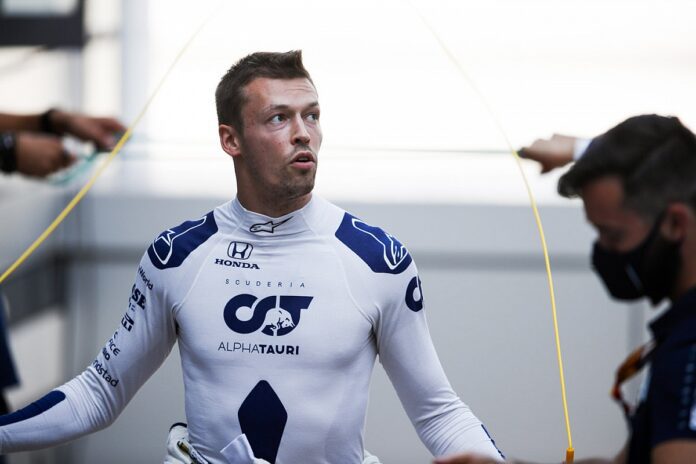Triathlons and tennis balls are key say experts, as Google searches for F1 fitness explode after French Grand Prix
Analysis of Google Trend search data reveals online searches for ‘F1 fitness’ exploded this week as Max Verstappen claimed an emphatic win in France.

Mercedes driver, Lewis Hamilton, estimated that he lost up to three kilos during the race because of extreme temperatures and poor hydration, leading fans to question how the drivers manage to stay in shape in these harsh conditions.
The fitness experts at BreakingMuscle.com say that this heightened interest coupled with the fact, that more gym goers are opting for a functional training routine that offers a diverse range of exercises, much like the routines of F1 drivers.
They have provided an insight into why Formula One drivers train the way they do and have given people some top tips on how to train like their favourite drivers.
Why has the interest in F1 fitness spiked?
A spokesperson for BreakingMuscle.com said: “There has certainly been a huge interest spike in Formula One over the past couple of years. The docuseries Drive to Survive and the drivers’ social media presence has played a massive part in this.
“People have shown a keen interest in many technical aspects of the sport over the years, but it seems that fans have started to give praise for the hard work drivers put into the gym, as well as on the track.
“It can be difficult to imagine F1 drivers training in the gym but, much like other elite athletes their training and diet are imperative for success on the track.”
Why do F1 drivers need to train like other athletes?
A spokesperson for BreakingMuscle.com said: “Not only are the cars designed to go faster but the drivers must be designed this way too.
“Training programmes are formulated to keep the drivers strong, agile and durable, without compromising the overall size and weight of their physique.
“Their weight and size are optimised to be fast and efficient during a race, and if they’re not in the right condition physically, this can have a big effect on their performance. Throughout the race, their bodies are subject to high levels of G force, which is not normal in everyday life.
“The body needs to be prepared for this sort of action. By effectively training their neck and core muscles it allows the drivers to better deal with the harsh conditions in the car and ultimately reduce the likelihood of injuries.
How can training like an F1 driver be beneficial?
A spokesperson for BreakingMuscle.com said: “It may seem like an F1 drivers training plan wouldn’t hold many benefits for the average person, but this isn’t true.
“F1 drivers have an extremely functional way of training, most of which can be translated to real life scenarios.
“It’s a unique way to get fit and it can add some much needed variety to a monotonous training routine. Not only this but functional training can help stabilise and strengthen the muscles in the body making everyday tasks much easier, for example getting up off the floor, carrying heavy objects and putting things on the shelf.”
What should be included in an effective F1 training regime?
A spokesperson for BreakingMuscle.com said: “A combination of cardio, resistance exercises and coordination/reaction drills will provide the perfect balance if you want to successfully emulate an F1 driver.”
“Cardio that engages more than one muscle group, like rowing, is an excellent foundation for your workout. Many drivers will pair multiple forms of cardio together, like a triathlon, to improve their all round aerobic endurance.
“Body weight exercises are also incredibly important to drivers as they help them deal with the incredible G force when travelling at top speeds. Push-ups, pull-ups, sit-ups and dips are perfect for creating upper body and core strength, without the need for specialised equipment.
“In terms of reaction exercises, there are hundreds of exercises for this but a simple and effective exercise involves a tennis ball.
“Whilst you have your back to a wall, get a partner to throw a tennis ball at the wall behind you and collect the ball with one hand each time, as fast as possible. Throw the ball back to them and repeat. Increase the speed and frequency of the tennis balls as you go to keep the exercise challenging.
BreakingMuscle.com is the fitness world’s preeminent destination for timely, high-quality information on exercise, fitness, health, and nutrition.
Help keep news FREE for our readers
Supporting your local community newspaper/online news outlet is crucial now more than ever. If you believe in independent journalism, then consider making a valuable contribution by making a one-time or monthly donation. We operate in rural areas where providing unbiased news can be challenging. Read More About Supporting The West Wales Chronicle

























